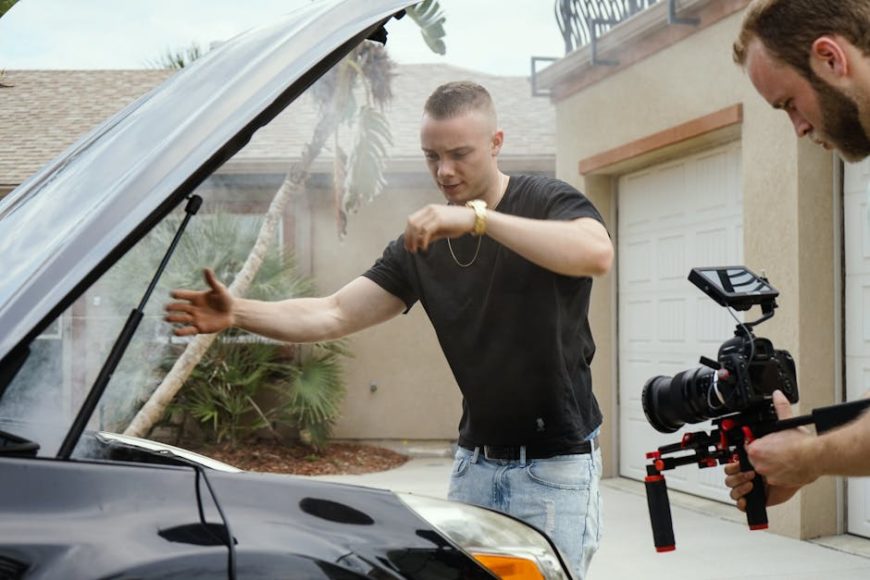- August 8, 2024
- By
- In Uncategorized
- 252
- 0

Nobody expects their car to break down, yet it happens to the best of us. Staying prepared and knowing what to do can significantly impact not only your safety but also the ease with which you handle the situation. In this friendly guide, we’ll walk through the essential dos and don’ts after your car has broken down, ensuring you’re well-equipped to deal with this unexpected bump in the road.
The moment your car breaks down, your priority should shift immediately to safety—yours and that of your passengers. It’s crucial to stay calm and avoid panicking. Assess the situation quickly; if you’re in the middle of the road and the car can still be driven, try to pull over to the side safely. If stopping in the middle of the road is unavoidable, turn on your hazard lights immediately to alert other drivers. The key here is not to leave your vehicle abruptly without assessing the flow of traffic.
Once safely parked, assess whether it’s safer to stay in the car or to exit and move away from the road. Sometimes, especially on high-speed roads or if visibility is poor, it’s safer to remain in the vehicle with your seatbelt fastened. This decision must be made quickly but carefully, considering all the factors at play. Always keep an emergency kit in your car, including items such as flashlights, a reflective vest, and a first aid kit, to be better prepared for any situation.
If the situation and location allow, and you’ve deemed it safe to exit your vehicle, move yourself and any passengers well away from the flow of traffic. Look for a safe spot that’s as far from the road as possible. This action minimizes the risk of being hit by passing cars. When moving away, be mindful of your surroundings and move to a location where you can wait safely for help to arrive.
Even in a dire situation, your car can communicate to others on the road. Leaving your car without turning on your hazard lights can be extremely risky, especially during nights or in foggy conditions. These lights are a universal signal that something is wrong, and they alert other drivers to proceed with caution. Before exiting the vehicle, always make sure your hazards are flashing, and if possible, set up any additional signaling devices you have, like reflective triangles or flares, a safe distance behind your car to give other drivers ample warning.
The importance of hazard lights cannot be overstated. The moment your car breaks down, activate these lights to notify other drivers of your presence and potential hazard. This is your vehicle’s way of sending an S.O.S signal, especially crucial on fast-moving highways or in low-visibility conditions. Hazard lights are a universal symbol that alerts others to slow down, be cautious, and give you space, significantly reducing the risk of further accidents.
While it might be tempting to fix the issue yourself, especially if you suspect it’s a minor problem, attempting complex repairs on busy roads can be dangerous. Not only are you at risk of causing further damage to your vehicle, but you’re also putting yourself in harm’s way. Busy roads are not safe environments for intricate mechanical work. It’s best to call for professional help unless the fix is simple and can be done safely within a few minutes.
No matter the extent of your mechanical knowledge, there are situations where the best course of action is to call for professional help. Whether it’s a tow service or roadside assistance, professionals have the right tools and expertise to handle the situation safely. Don’t hesitate to call for help even if you believe the problem to be minor. It’s always better to be safe than sorry, and a professional can ensure your car is taken care of correctly and safely.
An essential aspect of preparing for any journey is to pack a breakdown essentials kit. This kit should include items that can help you signal for help, make minor repairs, or stay safe while waiting for assistance. Essential items include a high-visibility vest, a flashlight with extra batteries, a basic toolkit, jumper cables, a portable battery charger, water bottles, and non-perishable snacks. Having these items at hand can make a significant difference in how comfortably and safely you can manage until help arrives.
Understanding your insurance coverage and the details of your roadside assistance policy can be incredibly beneficial in the event of a breakdown. Ensure that you’re familiar with the extent of your coverage and any steps you need to take to avail of it. Keep your insurance company’s contact information and your policy number readily accessible in your vehicle. In stressful situations, having easy access to this information can expedite the process of getting the help you need.
Dealing with a car breakdown can be a stressful experience, but armed with the right knowledge, you can navigate it with confidence. Remember, safety always comes first—both for you and for other road users. By following these guidelines, you’ll ensure that you’re taking the necessary steps to protect yourself and your vehicle, while also making the process as smooth as possible. Stay calm, stay safe, and you’ll be back on the road in no time. For more advice on how to handle car troubles and to ensure you’re always prepared, visit our homepage.